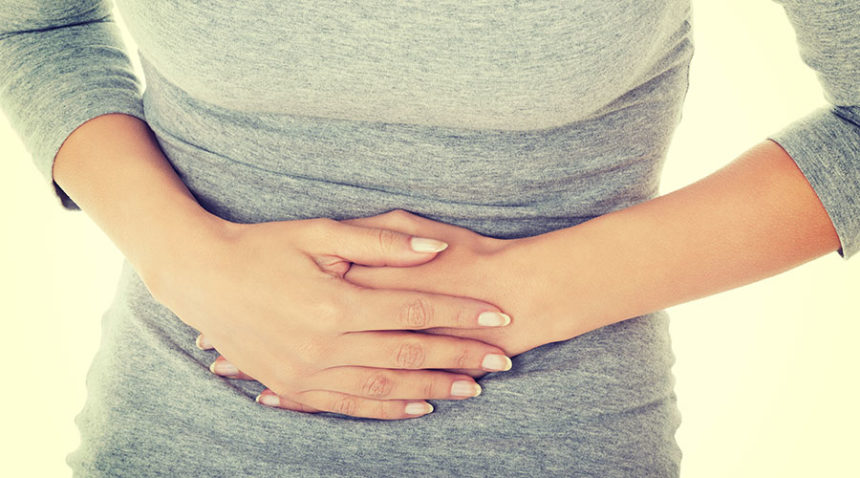
Ovarian cysts are common, especially with women who still have their periods. They are solid pockets or filled with liquid inside or on the ovary. Most of the time they are painless and harmless. You can get one each month as part of your cycle and never know. They usually go alone without treatment. Cysts are also common when you are pregnant.
A cyst becomes a problem when it does not go away or enlarges. It can become painful. There is also the possibility of cancer, but it is rare. The chances increase as you get older.
What are the symptoms?
Most ovarian cysts are small and do not cause any problems. When there are symptoms, you may have pressure, swelling, swelling or pain in the lower abdomen next to the cyst. This pain can be sharp or dull, and it can come and go.
Sometimes, a cyst may need emergency care. Consult your doctor immediately if you have these symptoms:
- Severe and sudden stomach ache
- Pain with fever and vomiting.
- Dizziness, weakness, feeling faint.
- Fast breathing
- Is my pain caused by an ovarian cyst?
- Sometimes, your doctor finds cysts during a pelvic exam (female). Your doctor will ask about your pain and other symptoms.
She could do an ultrasound. This is a device that uses sound waves to take pictures inside your body. It can show the details of a cyst.
You can also do some blood tests to:
- Find out if you are pregnant
- See if your problems are caused by hormones
- Check for cancer (if menopause has passed)
- What kind of cyst is it?
- Most cysts are considered “functional.” They are part of your monthly cycle.
Follicular Cyst Your ovaries usually release an egg every month. It grows inside a small sac called a follicle. When the egg is ready, the follicle opens and releases it. If the sac does not open, it causes a follicular cyst. These often disappear in 1 to 3 months.
Cyst of the corpus luteum. Once the egg is released, the empty follicle usually contracts and helps prepare for the next egg. It becomes a cyst when it closes again and the liquid accumulates inside. It can disappear in a few weeks. But it can bleed or cause pain as it grows.
